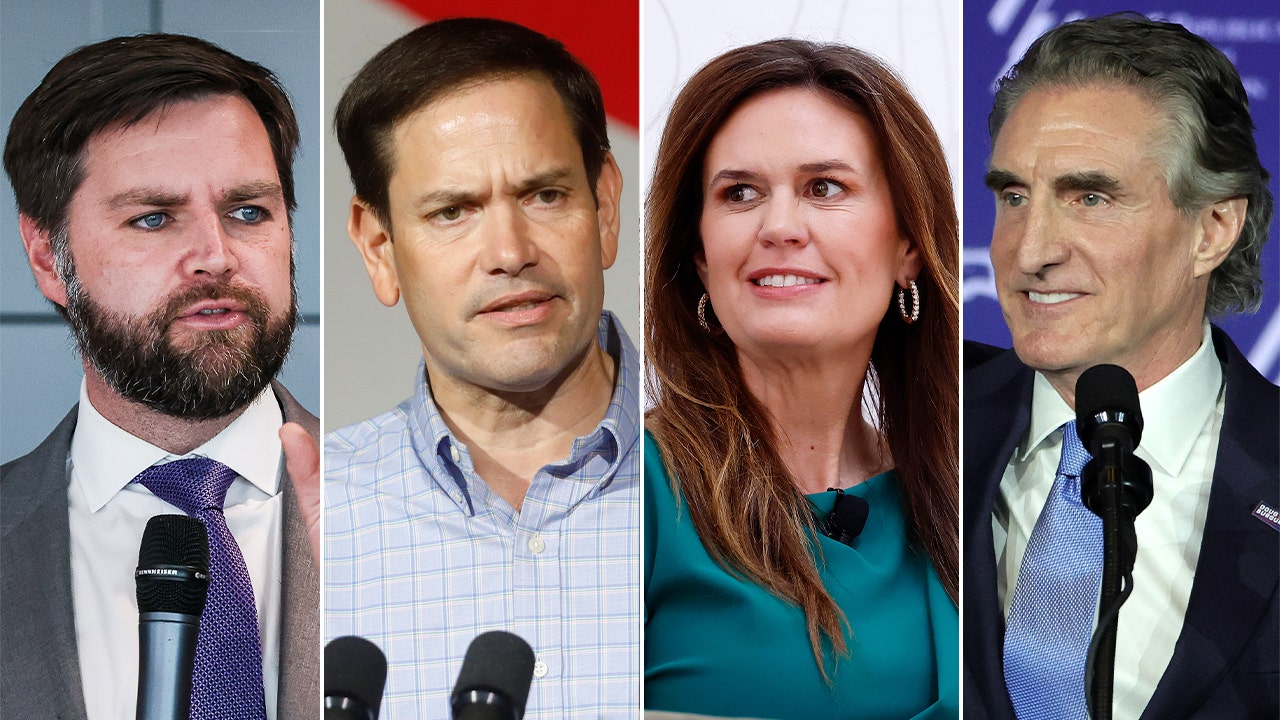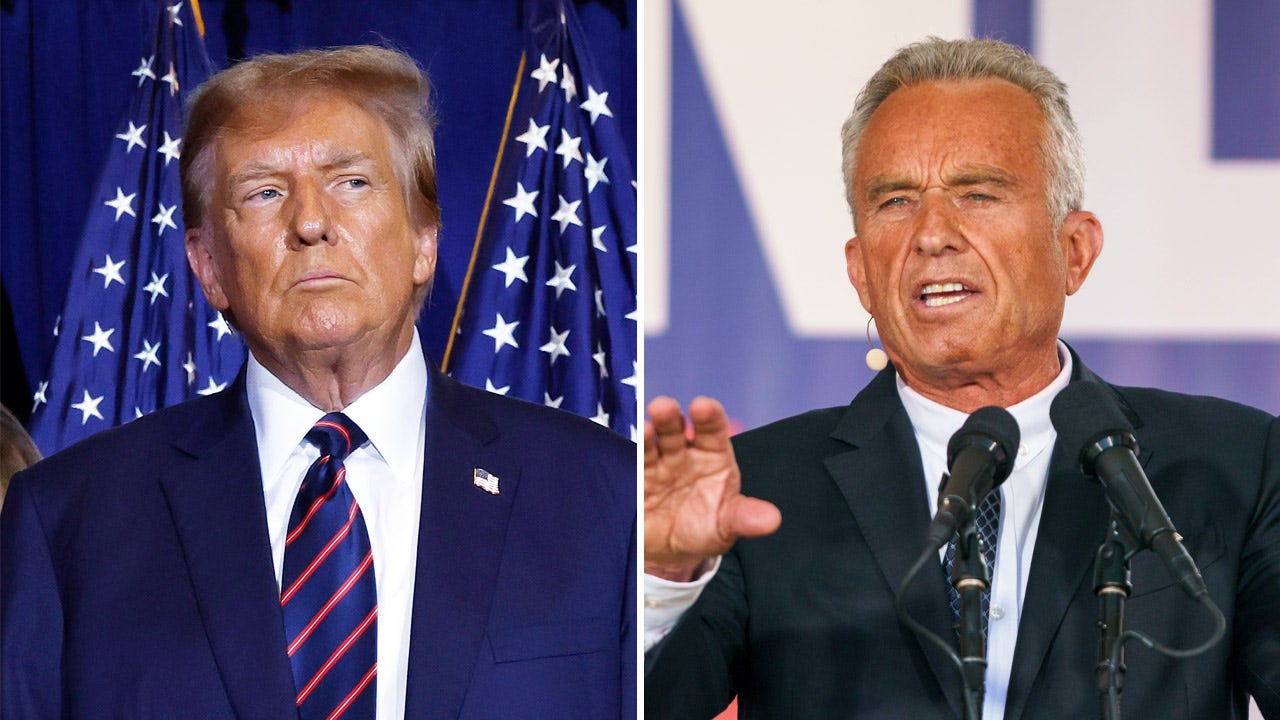San Francisco, CA
San Francisco’s only rainforest reopens after three month closure

Images from the Osher Rainforest infrastructure maintenance in the California Academy of Sciences in San Francisco’s Golden Gate Park.
Gayle Laird/California Academy of SciencesA beloved rainforest in San Francisco’s Golden Gate Park has reopened after a three-month closure.
The California Academy of Sciences temporarily closed the doors to its Osher Rainforest exhibit for infrastructure maintenance earlier in the fall. During that time, the 1,600 animals who call the facility home were removed from the glass dome, which originally opened in 2008, while a large net covered the 100,000-gallon tank housing tropical fish to protect it from falling debris.
After enduring 15 years of high heat, humidity and simulated rainfall, the curators stated in a blog post that the exhibit needed a thorough cleaning.
Advertisement
Article continues below this ad
“Roughly 90% of the rainforest’s exhibits were hollowed out, bleached, sanitized, and given new substrate,” Kelsey Paulling, an Academy biologist, said in a statement.
Images from the Osher Rainforest infrastructure maintenance in the California Academy of Sciences in San Francisco’s Golden Gate Park.
Gayle Laird/California Academy of SciencesThe exhibition reopened Saturday, Nov. 18. A week prior, mist machines simulating raindrops were activated, restoring the dome to its usual balmy conditions. The return of the animals was staggered, beginning with ants and butterflies. Biologists introduced new butterfly pupae, including tiny paper kites, green birdwings and owl butterflies, to join the 500 previously residing in the rainforest dome.
This was followed by the reintroduction of frogs, lizards, snakes and, finally, the invertebrates, including massive orb weaver spiders.
Images from the Osher Rainforest infrastructure maintenance in the California Academy of Sciences in San Francisco’s Golden Gate Park.
Gayle Laird/California Academy of SciencesAdvertisement
Article continues below this ad
While most of the enhancements may not be apparent to the average visitor, some notable improvements include the rebuilding of stairs, patching water leaks and thorough cleaning of the 90-foot structure.
The temporary removal of live animals and fauna facilitated structural repairs by Academy staff without disrupting their habitat. Among the diverse creatures inhabiting the dome are 250 free-flying birds, along with nearly 100 exotic reptiles and amphibians.
Images from the Osher Rainforest infrastructure maintenance in the California Academy of Sciences in San Francisco’s Golden Gate Park.
Gayle Laird/California Academy of SciencesReach Aidin Vaziri: avaziri@sfchronicle.com
More Information
California Academy of Sciences: 9:30 a.m.-5 p.m. Monday-Saturday; 11 a.m.-5 p.m. Sunday. Ticket pricing based on reservation time. 55 Music Concourse Drive, S.F. 415-379-8000. www.calacademy.org
Advertisement
Article continues below this ad

San Francisco, CA
Bay Area parties it up at Thrive City to celebrate new Golden State Valkyries WNBA team

SAN FRANCISCO (KGO) — In San Francisco, there was partying Saturday at Thrive City. This was the official community celebration for the Bay Area’s newest WNBA team, the Golden State Valkyries.
The team will play its games at Chase Center starting in 2025.
We spoke with fans who say the Valkyries are arriving at just the right time.
From the stage to the stands, there were nothing but big party vibes welcoming the Golden State Valkyries.
The ‘Valkyries’: Golden State WNBA team announces official name and logo
“It’s such a historic moment for women, and I’m so glad to be a part of it and be in the Bay for this,” said Oakland resident Elisa Gomez.
The WNBA’s newest expansion team was posting up at Thrive City on Saturday outside the Chase Center.
“I think women’s sports is really having a re-emergence and that it’s really popular for everybody, so it’s not just the men,” said Oakland resident Anna Frankel.
“I’m glad that women’s sports is getting as much exposure as men’s sport. With soccer having as much exposure as the men’s, basketball is next,” said Oakland resident Derrick Kirkpatrick.
Preparing the next generation of possible pros and fans alike.
Warriors’ goal for WNBA expansion team: ‘We want to be the best’
“Just showing her that she can do anything. She can,” said Hayward resident Moji Oladimeji, gesturing to her daughter. “Bringing a WNBA team to the Bay Area means a lot to be able to see her grow up and watch the stars on TV.”
Fans were treated to special musical guests, food, games and more. And there was merch everywhere.
“I thought it was great that it actually has the Bay Bridge in it, because usually it’s the Golden Gate, so it’s really good to include the East Bay and other parts of the Bay Area,” Frankel said.
“I think it’s really beautiful that they’ll play here. But they’re headquartered in Oakland, because I feel right now Oakland is going through a transition period and they can be part of the vibrant re-emerging as well,” said SF resident Ashley Budelli.
“We’re all really excited for it, and we’re all ready for it, and we’re ready to support it and super excited it’s coming next year,” Gomez said.
Copyright © 2024 KGO-TV. All Rights Reserved.
San Francisco, CA
Bay Bridge closes eastbound lanes due to fire, officials say

Crews responded to the fire shortly after 3 p.m., he said, and were still engaged in “an aggressive firefight” nearly an hour later.
“We’ve got about 40 firefighters on the island attempting to reach this fire in steep terrain and high winds,” he said.
Fire boats from both San Francisco and Alameda County were also dispatched to the scene, Schorr added.
San Francisco, CA
San Francisco’s Bay to Breakers footrace happens Sunday. Here’s what to know.

The 113th edition of San Francisco’s Bay to Breakers will bring thousands of runners to the city’s streets early Sunday morning, along with street closures to accommodate the roving party.
Famous for its wild costumes, nude and/or scantily clad participants and themed running groups, the freewheeling footrace is one of those unique “only in San Francisco” events that has become an institution with over a hundred years of history behind it.
What is the Bay To Breakers?
The Bay to Breakers is an annual footrace held in San Francisco that usually happens on the third Sunday of May. The race was started in 1912 with the intent of raising spirits in the city that was still recovering from the deadly 1906 earthquake as well as to promote the then upcoming Panama-Pacific International Exposition that happened in 1915.
The race has continued long after its initial purpose, though there were points that participation dipped as low as only 50 runners during World War II. Still, the race continued to be held every year, gradually building in popularity and becoming an iconic and irreverent fixture of San Francisco’s culture.
According to the Wikipedia page on the race, the Bay to Breakers “has been run for more consecutive years over a given course and length than has any other footrace in the world.” The race entered the annals of the Guinness Book of World Records in 1986 when that year’s edition boasted 110,000 participants, setting the record as the world’s largest footrace.
What is the Bay to Breakers route?
The Bay to Breakers route has changed slightly over the decades. Initially, the starting point was the Ferry Building, where racers would run along Market Street to Golden Gate Avenue before turning onto Divisadero Street. However, in 1968, organizers moved the start to less busy Howard Street, while the climb up Divisadero was moved to Hayes Street. The current course cuts over from Howard St. at Ninth St., turning west along Hayes St. and up the challenging Hayes Street Hill near Alamo Square. After the hill, the course follows the Golden Gate Park Panhandle on Fell Street before moving west through Golden Gate Park to the Great Highway and Ocean Beach, where the course ends.
The complete Bay to Breakers course is 7.46 miles (12 km) long. The route was originally set up by organizers to emulate another venerable Bay Area event, the Dipsea Race. That Marin County footrace founded in 1905 travels from downtown Mill Valley to Stinson Beach.
When does the Bay to Breakers start?
This Sunday race begins at 8 a.m., with the first wave of runners taking off from the Howard Street starting line at that time and subsequent waves following until 8:45 a.m. The course will close at 12:30 p.m. on race day at the intersection of JFK and Chain of Lakes Golden Gate Park. Race organizers advise that participants who have not passed that intersection by 12:30 p.m. will not have the opportunity to cross the finish line on the Great Highway, which closes promptly at 1 p.m. More detailed information on the Bay to Breakers can be found on the race’s official website.
What is the traffic impact from Bay to Breakers?
The Bay to Breakers takes place early enough on Sunday morning that the traffic from the huge throng of runners and attendant street closures doesn’t see huge impacts. However, there are closures across the city, but for preparation and for the race itself.
The earliest street closures begin Saturday at 7 p.m. in the downtown staging area near the start of the race at Main between Mission and Folsom. That area remains closed until Sunday at 5 p.m. The race will also shut down the Great Highway between Sloat and JFK between Saturday at 9 p.m. until Sunday at 4 p.m.
On Sunday morning, there will be closures all along the race route, with a concentration of street closures downtown in the staging area starting at 3 a.m. They include:
- Beale between Mission and Folsom
- Fremont between Mission and Folsom
- First St. between Market and Folsom (Muni allowed from Market to Mission)
- Second St. between Mission and Folsom
- New Montgomery between Mission and Howard
- Howard between Beale and Third St .
There will also be intersection closures on Howard at Beale, Fremont, First, Second, and New Montgomery. Drivers should anticipate heavy traffic along the race route due to street closures. There will also be Sunday morning closures for multiple entrances to Golden Gate Park during the race.
While the Bay to Breakers will be forcing a number of bus route changes, the race is also changing Muni’s usual weekend service time to accommodate the expected crowds. The Market Street Subway will open early at 6 a.m. Sunday morning, with extra service provided on the N Judah and S Shuttle lines between West Portal and Embarcadero stations. Full details on street closures and service impacts are available on the SFMTA website.
BART is also providing four trains with limited stops before regular weekend BART service to help transport Bay to Breakers runners. The special service will get race participants to the Embarcadero station at around 7 a.m.
The special early morning trains will pick up passengers with limited service from the Millbrae, Daly City, and 16th Street Mission stations in San Francisco and on the Peninsula and from the West Oakland, MacArthur, Pleasant Hill, El Cerrito del Norte, Bay Fair, and Dublin stations in the East Bay. These stations will be the only stations opened early for service. The four early trains will go out of service once they drop riders off at Embarcadero. Riders will not be able to board those trains at Embarcadero.
More information on the special service is available on the BART website. Caltrain and Golden Gate Ferry also will be providing additional service to accommodate Bay to Breakers participants. Public transit is recommended for those running in the race due to possible traffic and parking issues.
Is the Bay to Breakers still a roving party?
While there inevitably will be some drinking among participants (not to mention spectators who line the race route), back in 2009 San Francisco city officials and race organizers made changes to the rules that banned the use of floats (which were often used to transport full kegs of beer), alcohol, drunkenness and nudity. The changes were in response to residents who lived along the race route who complained about problems with public drunkenness and urination in their neighborhoods. While the race has become somewhat toned down since those changes, there is still a festive and hedonistic atmosphere to the proceedings.
-
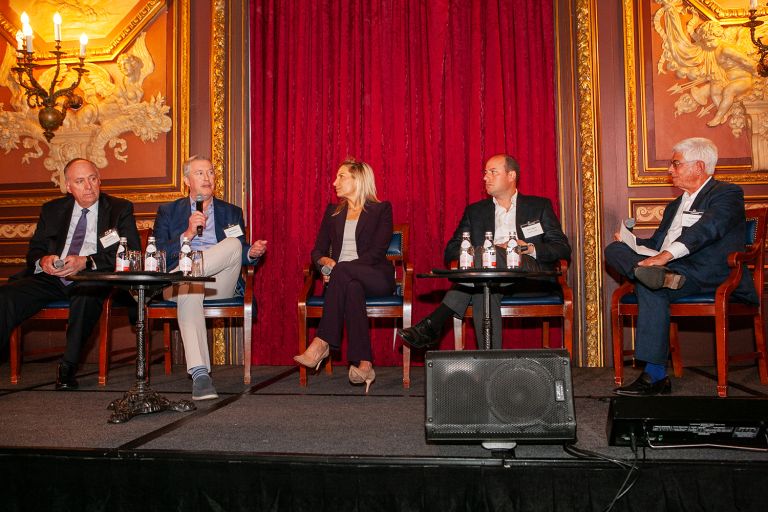
 Finance1 week ago
Finance1 week agoSpring Finance Forum 2024: CRE Financiers Eye Signs of Recovery
-

 World1 week ago
World1 week agoIndia Lok Sabha election 2024 Phase 4: Who votes and what’s at stake?
-
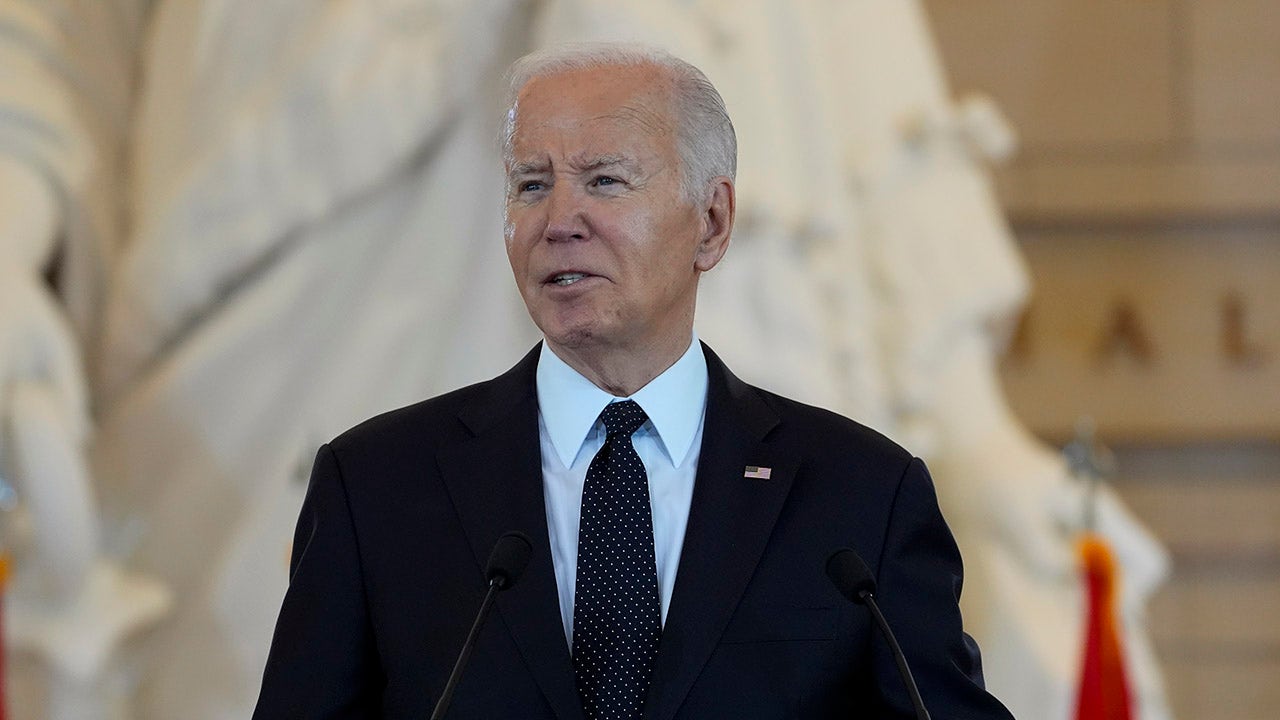
 Politics1 week ago
Politics1 week agoBiden’s decision to pull Israel weapons shipment kept quiet until after Holocaust remembrance address: report
-

 News1 week ago
News1 week agoTornadoes tear through the southeastern U.S. as storms leave 3 dead
-

 News1 week ago
News1 week agoThe Major Supreme Court Cases of 2024
-

 World1 week ago
World1 week agoA look at Chinese investment within Hungary
-

 Politics1 week ago
Politics1 week agoTales from the trail: The blue states Trump eyes to turn red in November
-
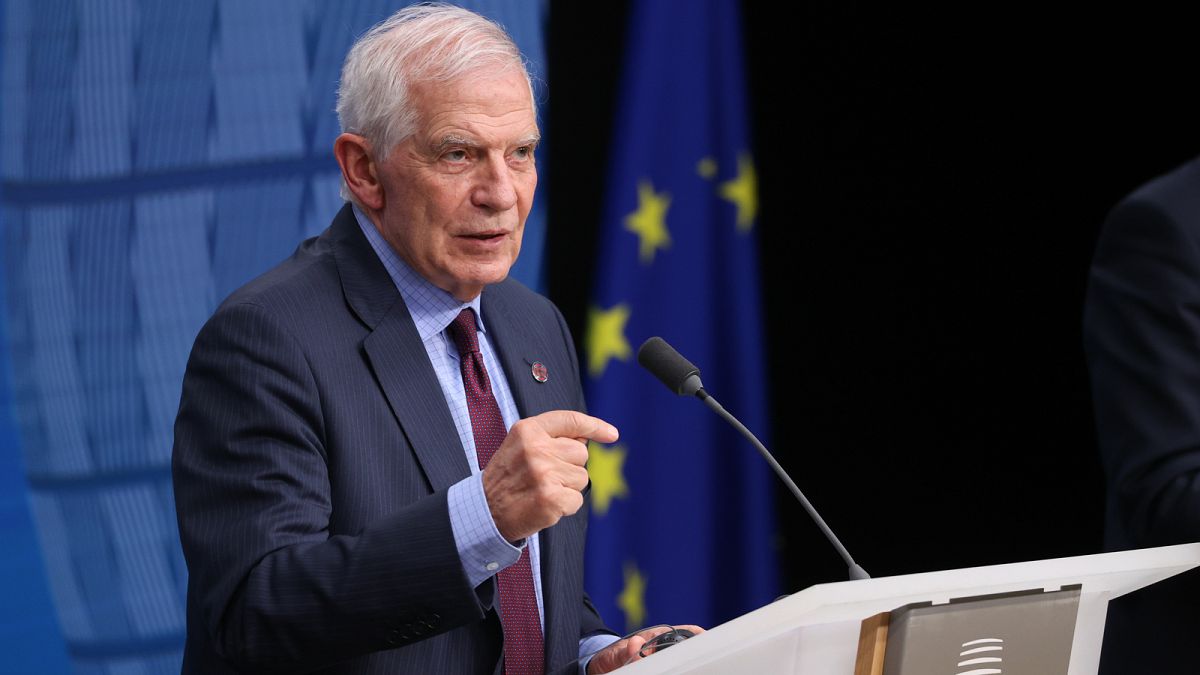
 World1 week ago
World1 week agoBorrell: Spain, Ireland and others could recognise Palestine on 21 May















